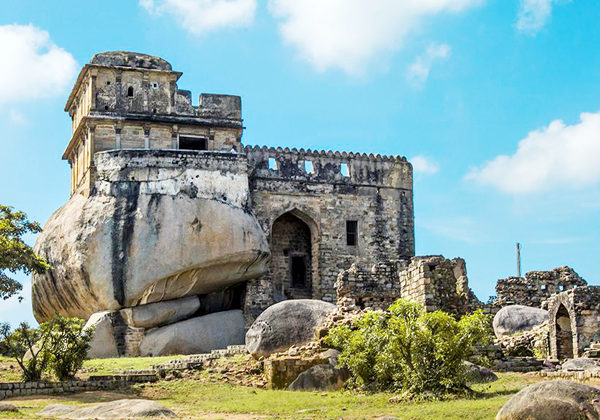Jabalpur
The River Narmada, too, is a beautiful woman, as most rivers are, in India. But though she passes close to Jabalpur, she shyly avoids the town. Or, perhaps the town has grown away from her, and its own past. Jabalpur may not itself be a tourist attraction, but its favorable location and great cultural as well as political history warrants it a spot in any tourist`s itinerary.
The town is said to have derived its name from the Arabic word jabal, meaning mountain or stone, and is also known as the ‘marble city’. This region had trade connections with the Arab world in the Middle Ages, and it is believed that the Arab traders named the city Jubbalpore after becoming fascinated with the marble rocks that surround it. However, a completely different story based on the epic Ramayana says that the Saint Jabali was in penance here for many years, and so the name Jabalpur, in his honor. Consequently, there is really very little in Jabalpur town to capture the attention of the visitor. But a short drive out of the long narrow plain holding the town, brings one to sub-montane lands: rocky, rugged and a natural bulwark against attackers. One of the more intriguing monuments to Jabalpur’s past in the Madan Mahal Fort.



